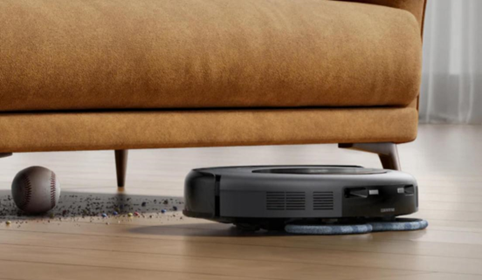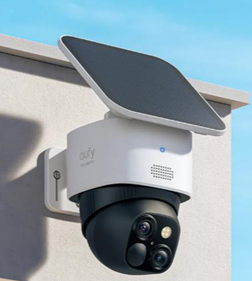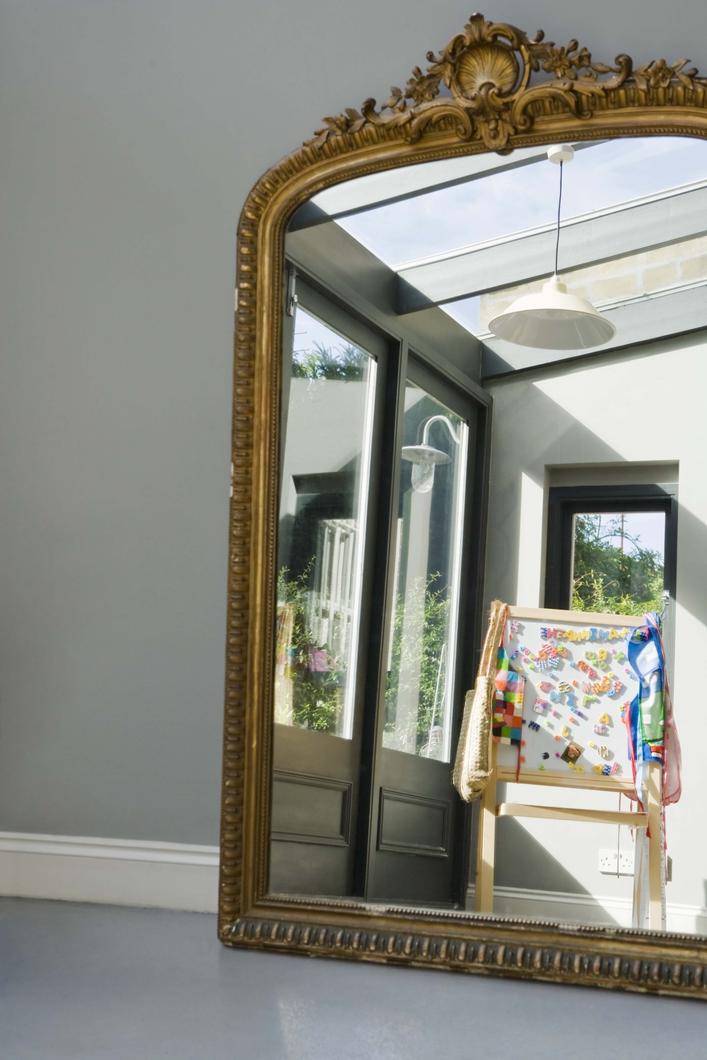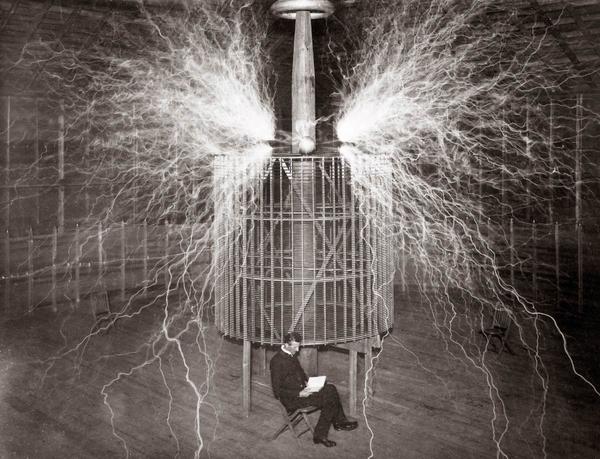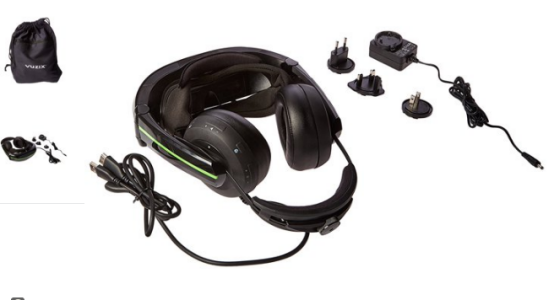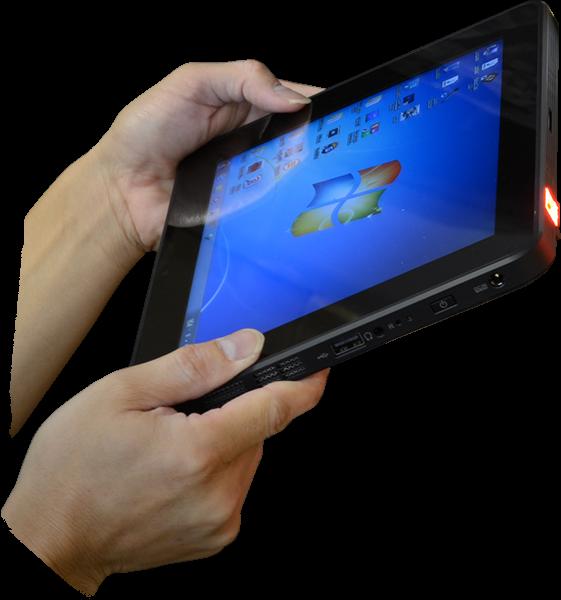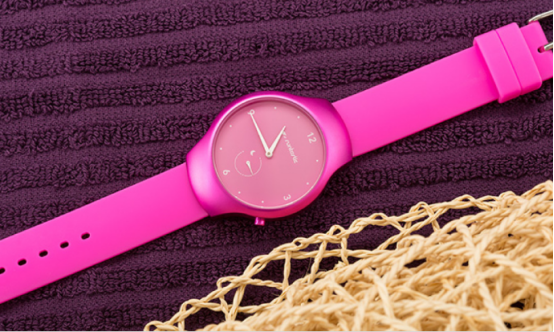The optimum use of a security camera is determined by where it is placed rather than its brand. The proper location guarantees that your camera catches quality footage, eliminates blind spots, and can give trustworthy proof if necessary. Poorly positioned cameras frequently miss critical action, reducing their effectiveness. Whether you want to secure your home, workplace, or company, understanding the optimum installation locations is essential. This tutorial shows how to set cameras for optimal coverage, both indoors and outdoors, and provides practical methods for increasing visibility without purchasing additional equipment.

Why Camera Placement Matters for Security?
Camera location is critical to the efficacy of any security system. A well-placed camera serves as both a deterrent and a monitoring tool, making intruders think twice before approaching. When cameras are placed poorly, they might expose openings for thieves to exploit, decreasing total security. The height, angle, and lighting conditions surrounding a camera all have an impact on image quality and dependability. For example, a camera placed toward bright sunlight may bleach away details, but one installed too low can be readily tampered with. Strategic positioning provides total coverage, precise detection, and peace of mind. By focusing on location, you may increase the value of your investment and reinforce your security system without incurring additional fees.
Which Camera Placement Offers the Best Coverage?
Ideal Height and Angle for Maximum Visibility
Cameras should be placed eight to ten feet above ground to get the optimum blend of wide coverage and tamper resistance. Cameras at this height may record great facial features without being easily accessible. Angling the lens slightly lower ensures that the range of view includes both nearby and distant areas. Avoid putting cameras precisely at eye level, as this reduces visibility and makes them susceptible. Test several angles to ensure that the film includes access points and adjacent areas. Proper height and angle adjustments produce crisper details, remove blind areas, and significantly improve the reliability of your surveillance system.
Best Locations for Outdoor Security Cameras
The most effective outdoor camera placements are near main entry points, such as front doors, back doors, and garage areas. These spots account for the majority of break-ins, making them critical for monitoring. Place an NVR camera to cover driveways, yards, and pathways leading to your home or business. Corners of buildings are also important since they allow the camera to record different angles. To lengthen the life of your cameras, keep them slightly shielded from rain and bright sunshine. Always place outdoor devices high enough to deter tampering while preserving a clear line of sight over the region you wish to monitor.
Smart Spots for Indoor Security Cameras
Indoor cameras perform best when installed in high-traffic areas with frequent activity, such as corridors, living rooms, or stairwells. Positioning them near doorways assures that you capture everyone who enters. Cameras placed in room corners increase coverage by reducing blind spots with their wide-angle perspective. Avoid directing cameras straight at windows because glare and sunshine can distort pictures. For unobtrusive surveillance, mounting cameras on bookshelves or high walls allows them to blend in. By focusing on locations where people gather or pass through, you ensure that your interior system captures important footage without requiring additional equipment.
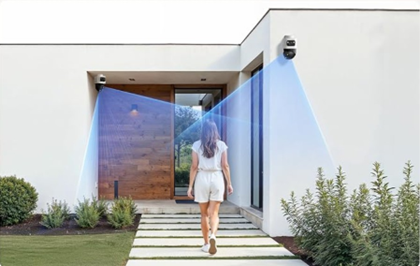
Tips to Improve Coverage Without Adding More Cameras
Use Wide-Angle and PTZ Cameras Effectively
Wide-angle lenses and PTZ (pan-tilt-zoom) cameras extend the capabilities of a single device. A wide-angle camera can watch big areas like living rooms or parking lots, which eliminates the need for several devices. PTZ cameras offer versatility by permitting remote adjustments, making them perfect for tracking movement or scanning in several directions. When deployed appropriately, these cameras minimize the amount of blind spots while providing better overall coverage. However, a correct setup is required to avoid distortion at the frame's boundaries. Combining wide-angle coverage with PTZ control provides both breadth and accuracy without requiring additional equipment.
Eliminate Blind Spots with Overlapping Views
Blind spots reduce security; however, overlapping fields of vision assist in addressing this issue by arranging two cameras such that their coverage crosses, ensuring that no region is left unmonitored. This strategy is especially beneficial for big outdoor spaces, parking lots, and warehouses. Overlapping views also give backup footage in case one of the cameras fails or becomes obscured. The idea is to evaluate camera location during setup by walking through monitored areas to ensure visibility. Adjust the angles until the coverage is smooth. Overlapping views not only reduce flaws but also strengthen evidence by documenting occurrences from numerous viewpoints, increasing clarity and dependability.
Balance Lighting and Night Vision Features
Cameras must function effectively in a variety of lighting settings in order to provide good coverage. Avoid pointing cameras straight at bright lights or windows, since this causes glare and reduces image quality. For night surveillance, select cameras with infrared or low-light capabilities to catch details even in complete darkness. Installing motion-activated lights near cameras increases visibility while conserving electricity. Balancing lighting guarantees that your film is clear and usable both day and night. To make modifications, test cameras in various lighting conditions—morning, afternoon, and nighttime. A suitable blend of natural light, artificial light, and camera night vision enables powerful, 24/7 coverage.
Conclusion
Smart placement, rather than sheer quantity, is the key to maximizing coverage from your security cameras. By putting cameras at the proper height and angle, selecting important inside and outdoor locations, and maximizing visibility, you can decrease blind spots and increase protection. Wide-angle lenses, PTZ control, and overlapping views all improve coverage while remaining cost-effective. Proper illumination and night vision settings provide consistent performance under all scenarios. When mounted properly, even a small number of cameras may give complete security. Effective placement protects property while also ensuring that you get the most out of your security system.
